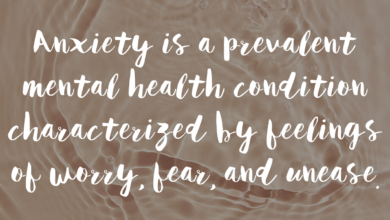The Effects of Social Media on Teens — Talkspace

How to Help Tweens & Teens Navigate Social Media
As studies suggest a link between social media use and suicide, your role in helping young people navigate their social use safely can literally be a life or death matter. Following are some effective strategies.
Establish healthy computer and social media usage
Establishing rules is the first step in helping teens have a healthy relationship with technology. To foster positive self-esteem, set clear boundaries around when and where devices can be used.
Encourage kids to balance social media time with offline activities too — physical exercise or reading books. Over-exposure to social media platforms, when left unchecked, can quickly begin to dominate a teen’s life.
Set screen time limits
Screen time shouldn’t be a free for all. Setting reasonable online time limits can go a long way. It models the concept of self-regulation, limits unhealthy exposure, gives teens a chance to be responsible, and instills an understanding of the appropriate use of technology.
Discuss the concept of “quality content”
Beyond limiting screen time, discussing the quality of content that’s consumed on these platforms is also essential. Educational videos or constructive discussions can be more beneficial than mindless scrolling through social feeds.
Promote positive online interactions
While social networking sites offer opportunities for teens to connect with others, they also expose them to risks like cyberbullying and peer pressure. Teaching critical social skills, like respectful communication, is vital.
Focus on learning social cues, something that’s often missing from text-based interactions due to a lack of tone or body language signals. Knowing how to handle disagreements respectfully without resorting to personal attacks is critical.
Give kids an “escape route” by role-playing
You won’t always be next to your child when they need you. Role-playing what to do and how to seek help before it’s needed is a great idea. It’s a way to ensure that if and when they experience any sort of inappropriate or unhealthy online interaction — whether it be sexual or bullying in nature — they’ll know how to get out of the situation and get help.
Talk about the difference between authentic vs. digital validation
Parents should emphasize real-world accomplishments over the virtual validation kids receive on their social media accounts.
To prevent negative social comparison, it’s more important than ever to foster an environment where children build healthy self-esteem that’s grounded in more than superficial measures of popularity. They should be recognized for and proud of genuine achievements, not basing self-worth on how many clicks, likes, comments, or shares they get.
Select an appropriate online platform
Picking the right platform requires careful consideration and should be based on a teenager’s needs, behavior, and maturity level. Factors to consider include age, maturity level, potential for exposure to inappropriate content, and how much control you have over monitoring their activity.
For example, you can have your child’s Instagram or social media account on your phone to monitor searches, messages, posts, requests, and followers, but Snapchat is much more difficult to oversee since messages disappear.
“Be involved and learn as much as you can about cyberbullying and current teen social media trends. Seeing a therapist before any issues arise is recommended to prevent future problems.”
Source link
#Effects #Social #Media #Teens #Talkspace

